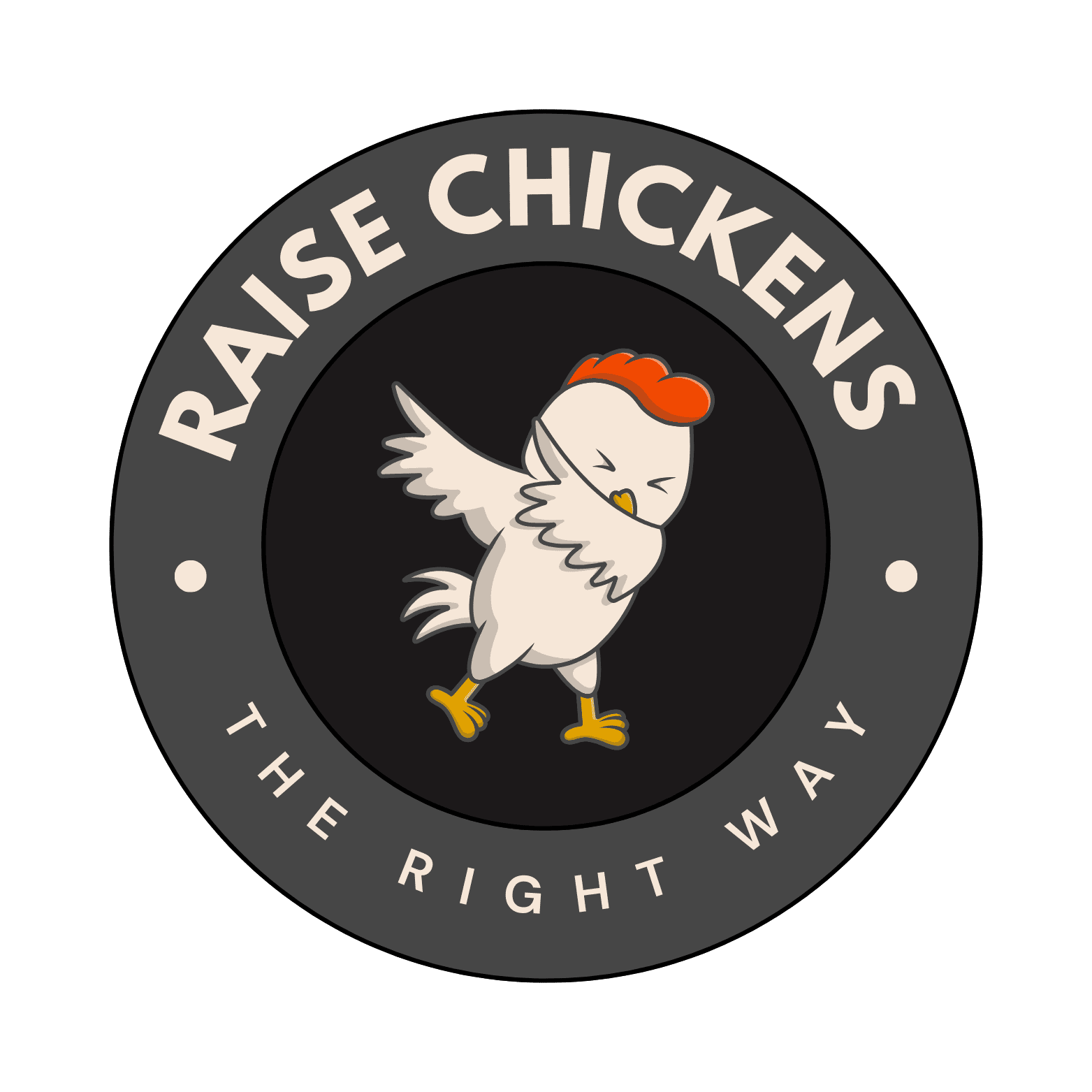My Experience with Avian Encephalomyelitis in Chickens: A Farmer’s Guide
After spending over two decades raising chickens, I’ve seen my fair share of diseases come and go. But there’s one that still sends shivers down my spine whenever I spot its first symptoms – Avian Encephalomyelitis (AE), also known as “epidemic tremor.” I’ll never forget the first time I encountered this devastating condition in my flock, and today, I want to share everything I’ve learned about managing this challenging disease.
Understanding Avian Encephalomyelitis
In my early years of farming, I mistakenly thought AE was just another minor illness. Boy, was I wrong! It’s actually a serious viral infection that primarily affects the nervous system of young birds. Think of it as a neurological disorder that can spread quickly through your flock if you’re not careful.
What makes AE particularly tricky is that it can be transmitted both vertically (from hen to egg) and horizontally (between birds). I’ve learned that infected breeding hens can pass the virus to their offspring through eggs, which explains why I’ve sometimes seen entire batches of chicks affected.
Spotting the Warning Signs
From my experience, catching AE early is crucial, though it’s not always easy. Here are the main symptoms I’ve observed over the years:
The Age Factor: Why Young Birds Are Most Vulnerable
I’ve noticed that AE typically affects chickens between 1-3 weeks of age, though older birds aren’t completely immune. During my years of farming, I’ve found that young chicks show the most severe symptoms. It’s heartbreaking to watch as they develop those characteristic tremors, struggling to stand or even eat.
Adult birds usually show milder symptoms, but there’s a catch – infected laying hens typically experience a temporary drop in egg production. I once had a flock where production dropped by 5-10% for several weeks.
The Hard Truth About Treatment
Here’s something every chicken keeper needs to know – there’s no specific cure for AE. Trust me, I’ve tried everything under the sun, but the harsh reality is that supportive care is our only option. However, I’ve developed a management approach that helps affected birds:
Prevention: Your Best Defense
After dealing with several AE outbreaks, I’ve become a firm believer in prevention. Vaccination is absolutely crucial, especially for breeding flocks. I make sure all my breeding hens are vaccinated before they start laying, which has significantly reduced the risk of vertical transmission.
I’ve also implemented strict biosecurity measures on my farm. This includes:
Maintaining clean, sanitized facilities
Controlling visitor access
Regular health monitoring
Proper disposal of affected birds
Quarantine procedures for new additions
The Recovery Process
In my experience, if a bird survives the initial infection (which usually lasts about a week), they’ve got a good chance of recovery. However, I’ve noticed that some birds may retain slight tremors for life. The good news is that most survivors develop immunity, though I wouldn’t bet the farm on it protecting them completely.
Economic Impact and Long-term Considerations
Let’s talk numbers – AE can have a significant economic impact on your operation. I’ve calculate
